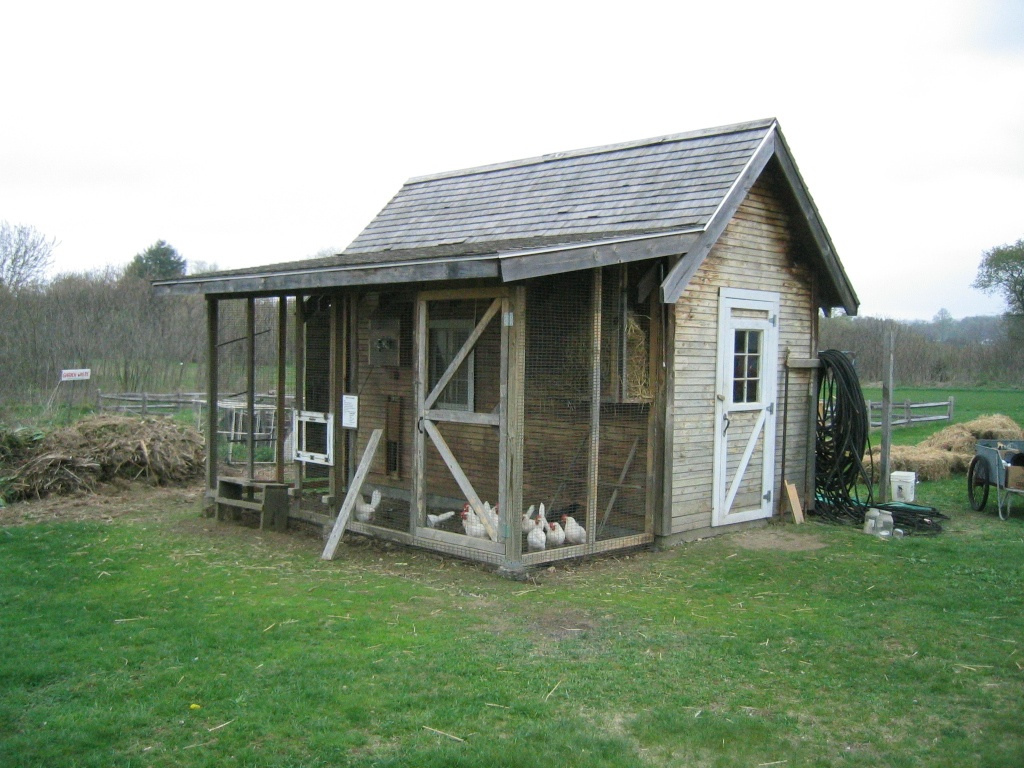
cohousing
Neighbors can be the most frustrating of people to deal with. A neighbor can become a close friend or a spited enemy – so hated that even plots to sabotage his stereo are thought of numerous times a day.
Maybe you’ve caught yourself looking at the drawn curtains of the house next door wondering why your neighbor appears to be sneaking into her house in broad daylight. Or maybe it is the tree next door that rains leaves down on your lawn each fall whose demise you are carefully considering. Perhaps your neighbor is a person who hurriedly walks his dog past your yard as if he is trying to escape some impending doom – only to later find a gift of dog poop on your manicured grassy knoll.
Regardless of how agreeable or how unpleasant your relationship with the next-door neighbors may be, we all have neighbors! Every person in this small world of ours must share life in one way or another with at least one other person whom we kindly refer to as a neighbor. Have you considered that our own response to our neighbors may make all the difference in our relationships with them?
Previous generations of people in various cultures have apparently lived quite happily with one another in close quarters of community – situations where the word neighbor didn’t cause immediate migraine headaches. However, creating such “neighbor friendly” spaces requiring close community in our Western culture carries with it negative flashbacks of communes, kibitzes, and chain-linked cults. Thankfully there is some light at the end of this neighborly tunnel.
A Modern Commune?
In the early 1980’s a pair of insightful architects brought some not-so-ancient ideas from Denmark over to the United States and begin to put words to the new idea of cohousing. Cohousing describes an intentional, participatory community formed from 20-40 households living in a planned neighborhood. This planned neighborhood would typically include privately owned homes or condos as well as a number of shared or communal spaces in close proximity. Most significantly, these cohousing communities integrate into the existing culture as opposed to the communes of hippie-era history located in the rural woods away from the apparent evils of the present culture.
So, you may not find longhaired, un-showered hippies opening the door to the inquiring visitor at a modern cohousing community. What you will find is a group of individuals dedicated to cultivating a community that not only lends itself to the social and relational aspects of being human but also to other principles such as environmental sustainability.
Cohousing in Practice
Popularity for cohousing has continued to grow since the early eighties here in the United States. Current estimates put the number of cohousing communities above 150 within the US alone. These communities range from planned subdivision style neighborhoods to renovated inner-city apartment buildings. The design and shared living arrangements vary just as greatly as the individuals who are a part of the community. However, it is worth noting that there are common characteristics among these varied cohousing communities.
A cohousing community is generally distinguished from other types of shared communities by the following characteristics (as paraphrased from the Cohousing Association of the United States):
- The development and design of the community is a participatory process from the very beginning.
- The physical layout of the community structures assists a neighborhood design. The specific design is intended to simply aid strong community growth. This may mean that pedestrian walkways bring foot traffic between front doors, and perhaps the walkway and layout is centered on the shared facilities.
- Private residences with full kitchens are the usual living quarters, however, common facilities create a backbone for community life. There are many variations of the common (or shared) facilities but there is typically a common house including a common kitchen, dining area, sitting area, children’s playroom and laundry. A workshop, library, exercise room, craft room, and guest rooms may also be a feature of the common house or other shared structures. Where space is less of a concern common facilities may also include playground equipment, lawns and gardens.
- Individuals of the community all take part to maintain the shared facilities and to maintain the community. This resident management is completing the work around the site or preparing common meals and coming together with fellow residents to communicate about the community.
- The community leadership and decision-making is made through consensus or a democratic process. Thus, non-hierarchical structure and decision making is practiced and community roles may be given to members with specific talents or abilities with no specific individual or small group holding power over others.
- The individuals of the community are not joined for economic reasons. With no shared community economy the source of income for the members must originate from the members themselves or the members households.
The real-life practice of the above characteristics may look very different from community to community. Touring one of the many established communities may be the best way to understand what cohousing is and to grasp how these characteristics set it apart from other types of shared communities. You may find it quite interesting to also know that the establishment of cohousing communities takes place without exclusion of specific religious, ethnic, or cultural beliefs. The community becomes what the contributing individuals choose to make it.
A Need for Others
Our Western culture upbringing may initially cause a knee jerk reaction to the suggestion that intentional community is an idea even worth considering. The dominant presence of single-family housing and the ever-present “American Dream” of our culture may color any thought that would move us against this status quo. However, a suggestion could be made that in spite of our Western culture ideas we have a basic human need for community that runs deep within our souls. Any number of historical and anthropological examples could be called upon – but, at the end of the day, a need for community of some sort must be answered within ones own self. How do you define who you are without thinking in the context of relationships, of community?
The success of intentional community in cohousing arrangements is difficult to measure from outside the community; however, cohousing may be an effort that is worth undertaking – we are human, we need each other! If we can’t escape our neighbors then we must ask the question, what will we do with the neighbors we have?
REFERENCES
- cohousing.org – The Cohousing Association of the United States
- npr.org/templates/story/story.php?storyId=102651496 – National Public Radio Cohousing Report
- en.wikipedia.org/wiki/Cohousing – Wikipedia entry on Cohousing
- en.wikipedia.org/wiki/Community – Wikipedia entry on Community
